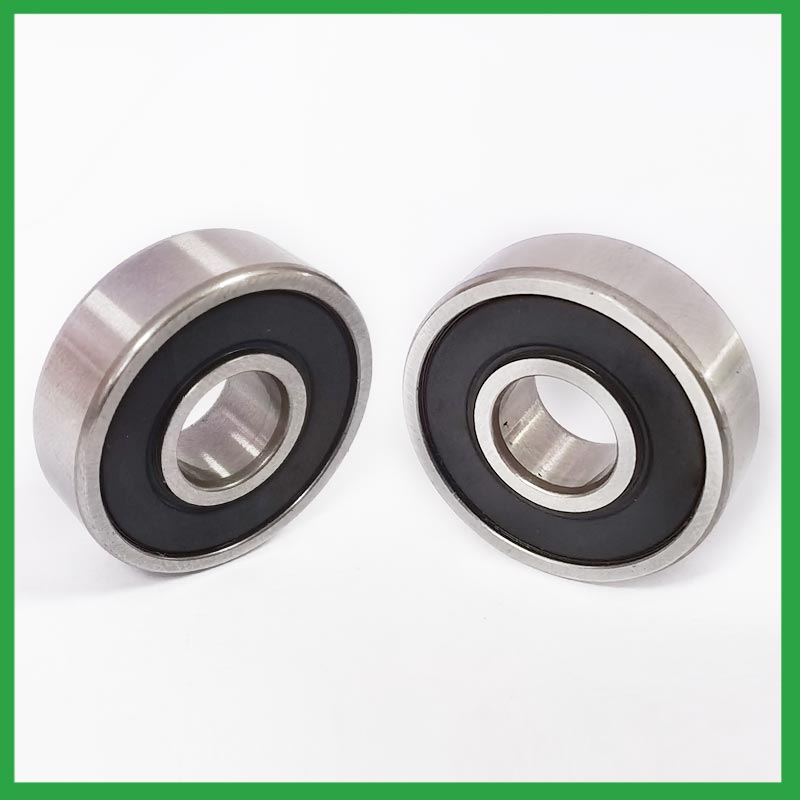PRODUCTS
CONTACT US
Ningbo Nide International Co., Ltd.
一一
· Contact person:Jack Zeng
· Mob/Whatspp/WeChat:0086-13738869026
· Email:emarketing@nide-group.com;marketing4@nide-group.com
· Add:No. 169, Wohushan Road, Daqi Subdistrict, Beilun District, Ningbo, China

Nide team could manufacture ball bearing as per customer’s drawing and samples.
If customer only has samples, we could also design drawing fo r our customer.
We also provide customized service.
Our ball bearing is widely applied the different industrials.
Established in 2010, Haishu Nide International is a company devoted in the field of electric motors manufacturing, providing one-stop service for its customers. Nide has three main business divisions. The first division is to provide different kinds of motor manufacturing machinery, including stand along machine, fully-auto complete line for armature and stator production, and the motor assembly line. The second division is to supply the full range of commutator,insulation paper,thermal protector,magnet,carbon brush,ball bearing,etc. The third division is to provide technical support and consulting, project support and turn-key service for some motor manufacturing.
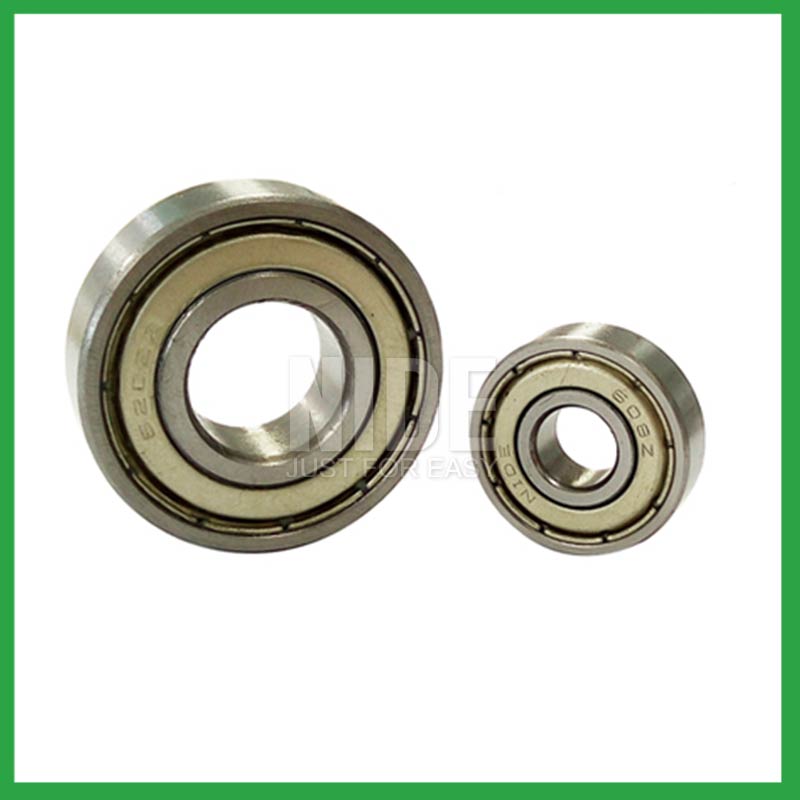
| Parameter | Information |
|---|---|
| Product Name | ball bearing skates |
| Brand Name | NIDE |
| Place of Origin | Ningbo,Zhejiang,China |
| Material | chrome steel, etc. |
| Structure | Deep Groove |
| Color | Customized Color |
| Delivery Time | 5-7days |
| Port | Ningbo/Shanghai |
| Export region | America,Asia,Oceania |
| Export Country | India,Brazil,South Korea,Monaco,Poland,Sao Tome and Principe,Mali...etc |
| Application | automotive engines,food processing machinery, etc. |
| OEM/ODM | Yes |
| Size | Customized size |
| Stock | In Stock |
| Feature | Good wear resistance,High speed...etc |
| MOQ | 10 pieeces(Specific according to the model) |
| Certification | ISO9001,ISO9001:2015 certificate,CE-stator coil winding machine,etc |
| Supply Ability | 100000-500000 Piece/Pieces per Month |
| Lubricate | Oil Grease |
| Packaging Details | Suitable for sea transportation |
| Lead time (days) | 15-20 (To be negotiated) |
Please note: The above table data is for reference only. For specific information, please contact us.
ball bearing skates is a component with a ball as the rolling element, consisting of an inner ring, an outer ring, and a ball. They form a closed raceway between the rings, and the ball rolls through a curved surface in the raceway.
During the installation process, pollution from dirt and wear media should be prevented;
Temperature and humidity should be controlled to avoid excessive temperatures during startup and operation;
It should be operated and lubricated in the correct reverse direction to avoid unnecessary damage.
Ball bearings have many advantages, making them highly competitive in the market.
Firstly, they are very durable and have good wear performance, making their service life longer than many other types of bearings.
Secondly, they are easy to install and can provide low friction performance in various applications.
Thirdly, they require a relatively low level of maintenance, making them cost-effective.
In addition, compared to many other types of bearings, their purchase cost is relatively low, making them an economical choice.




ball bearing skates---FAQs Guide
2.What are the standard sizes and dimensions of ball bearing skates?
3.What is the typical noise level associated with ball bearing skates, and how are noise-reduction techniques applied?
4.About ball bearing skates,Can I add my own logo?
5.Do ball bearing skates come in various tolerance classes?
6.How do manufacturers address concerns related to bearing noise and vibration in sensitive equipment?
7.Can ball bearing skates operate in high-temperature environments like industrial ovens or furnaces, and how are they protected from heat-related damage?
8.Can ball bearing skates be customized with special coatings or treatments to meet specific industry standards or regulatory requirements?
9.About ball bearing skates,Will you check the products before shipment?
10.What are the considerations for choosing between open, shielded, or sealed ball bearing skates in specific applications?
11.How do preloaded ball bearing skates enhance rigidity and reduce clearance in high-precision applications?
12.Can ball bearing skates operate in high-speed applications, and what design features make them suitable for such conditions?
13.What are the after-sales services available for ball bearing skates?
14.What is a ball bearing?
15.Are there ball bearing skates designed for extreme temperature environments, such as cryogenic or furnace applications?
16.As a ball bearing skates manufacturer,Your product certifications?
1.What are the considerations for selecting sealed or shielded ball bearing skates to protect against contamination and retain lubrication?
First, the environment in which your ball bearing skates operate in can help you identify potential contaminants, allowing you to select your shields or seals accordingly. For example, shielded bearings have a gap that can allow finer contaminants or water from washdown applications to enter the bearing and get into the raceways.The challenge for sealing bearings is to seal the bearing by protecting the bearing from contaminants and running efficiencies.
2.What are the standard sizes and dimensions of ball bearing skates?
ball bearing skates size charts are widely available, and can be used to find the measurements of a specific bearing. Series 6200 and 6300 are the most commonly used, and typically range from 10 x 30 x 9 mm (. 394 x 1.181 x . 354 in) to 150 x 320 x 65 mm (5.906 x 12.598 x 2.559 in).
3.What is the typical noise level associated with ball bearing skates, and how are noise-reduction techniques applied?
To measure in accurate way the ball bearing skates noise under rotation during their manufacturing process is a key activity particularly in the production of medium, small and ultra-small deep groove ball bearings. This capability in bearings noise analysis has become the real distinguishing element between a standard bearings noise equipment and a superior class one.
The various types of vibration and sound in rolling bearings can be grouped in four main categories: structural, manufacturing, handling and other. The structural vibration consists mostly of race, click, squeal and cage noise: it can be continuous or intermittent depending on specific cases. The manufacturing vibration is instead related to the waviness noise generated by the geometrical imperfections of inner and outer ring and of rolling elements, being always continuous in nature. The so-called handling vibration is normally associated with flaw and contamination and is generating – in most of the cases – irregular noise. Then there are other types of vibrabition that include noise generated by sealing and lubricant (irregular) or by runout (continuous).
4.About ball bearing skates,Can I add my own logo?
Yes, you can add your logo on bearings and packing box. We supply OEM SERVICE including bearing's size, logo, packing, etc.
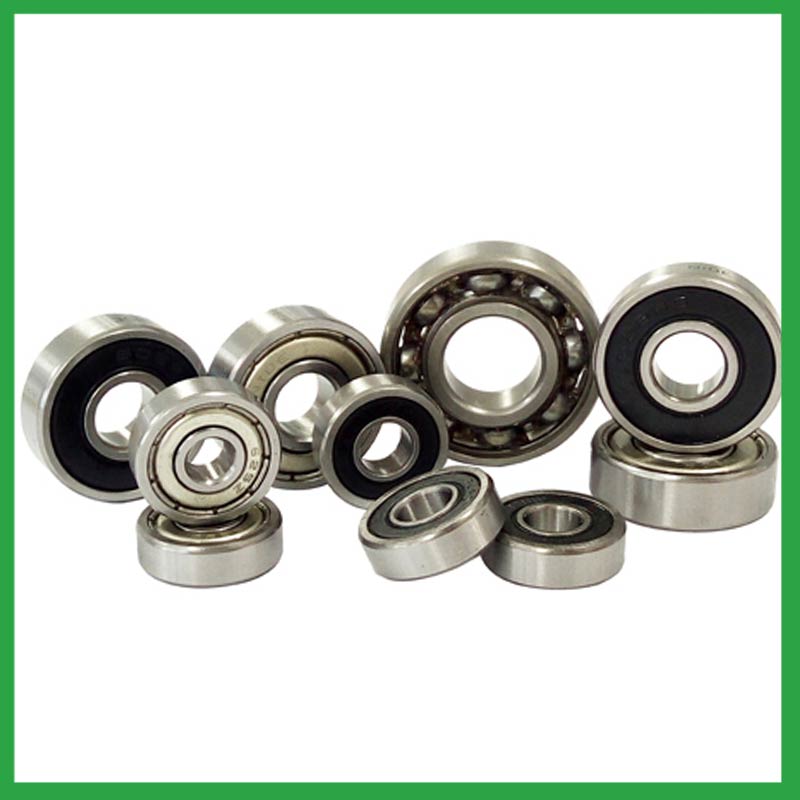
5.Do ball bearing skates come in various tolerance classes?
Bearing tolerances are standardized by classifying bearings into the following six classes (accuracy in tolerances becomes higher in the order described): 0, 6X, 6, 5, 4 and 2.
6.How do manufacturers address concerns related to bearing noise and vibration in sensitive equipment?
From a ball bearing skates manufacturing perspective, a low noise or vibration rating is achieved by paying attention to the surface finish of the raceways and balls, their roundness, and selecting the correct cage design. Finely filtered low noise greases can also be used to reduce vibrations.
7.Can ball bearing skates operate in high-temperature environments like industrial ovens or furnaces, and how are they protected from heat-related damage?
ball bearing skates are capable of working at temperatures up to +842°F (+450 °C). Special lubricants, seals and coatings make this possible by protecting the ball bearings from heat damage.
8.Can ball bearing skates be customized with special coatings or treatments to meet specific industry standards or regulatory requirements?
Yes, ball bearing skates can be customized with special coatings or treatments to meet specific industry standards or regulatory requirements.
1. Corrosion-resistant coatings: These coatings are used to protect the bearings from corrosion caused by exposure to moisture, chemicals, and other corrosive substances.
2. High-temperature coatings: These coatings are used to improve the thermal stability and performance of bearings in high-temperature environments.
3. Food-grade coatings: These coatings are specially designed for applications in the food and beverage industry, where bearings come into contact with food, beverage, or pharmaceutical products.
4. Anti-static and non-conductive coatings: These coatings are used to dissipate static electricity, which can cause damage to electronic components.
5. Specialized lubrication treatments: Bearings can be treated with specialized lubricants that meet specific industry standards or regulatory requirements.
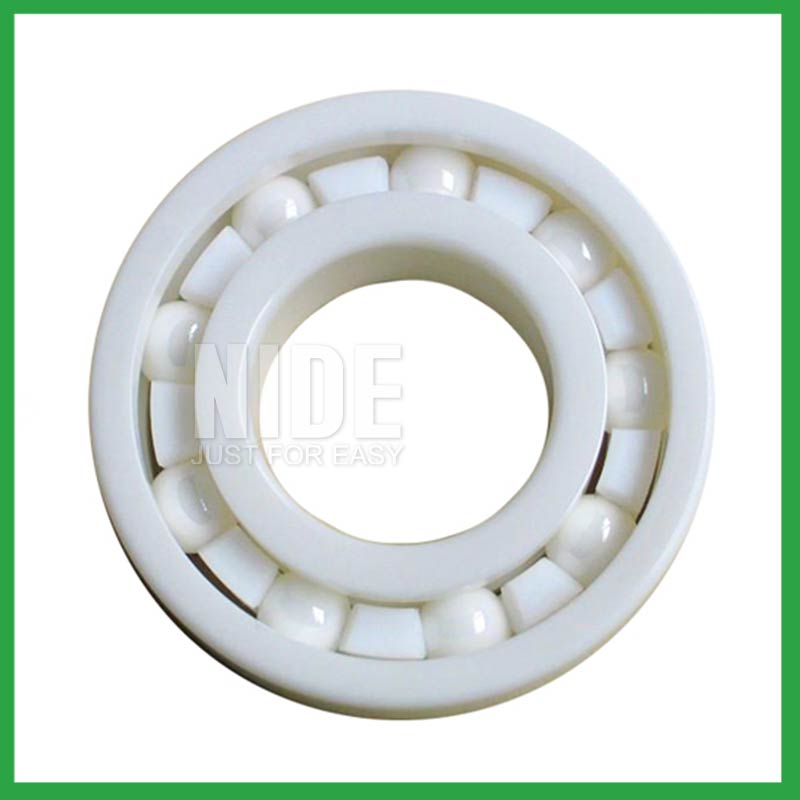
9.About ball bearing skates,Will you check the products before shipment?
Yes, We have a professional QC team. Products will be strictly inspection before shipment.
10.What are the considerations for choosing between open, shielded, or sealed ball bearing skates in specific applications?
While sealed bearings offer superior protection and maintenance advantages, shielded ball bearing skates can be more suitable in situations where minimal friction and operating temperature are crucial. It's essential to assess the operational environment and demands before making a selection.
11.How do preloaded ball bearing skates enhance rigidity and reduce clearance in high-precision applications?
Enhance Rigidity: By applying a controlled axial force, preload increases the bearing's resistance to external forces and moments. This heightened rigidity is essential in applications where any deflection or misalignment must be minimized, such as in machine tools or robotic systems.
12.Can ball bearing skates operate in high-speed applications, and what design features make them suitable for such conditions?
They have very low rolling friction and are optimized for low noise and low vibration. This makes them ideal for high-speed applications. ball bearing skates are comparatively easy to install and require minimal maintenance.
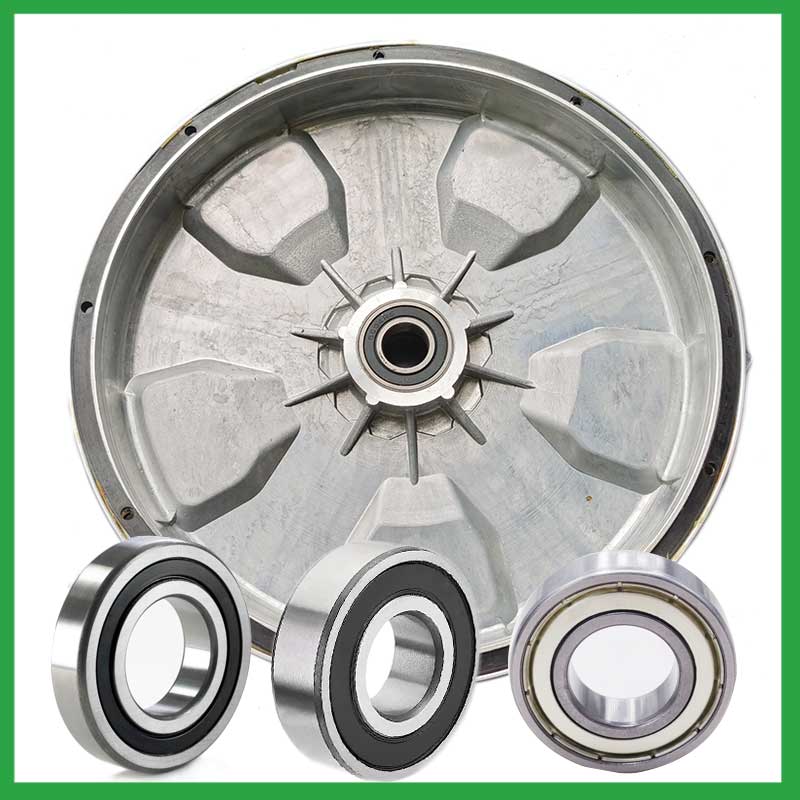
13.What are the after-sales services available for ball bearing skates?
If you find problems or failures in the assembly or use of the bearings , which needs to consult and other services, please feedback to Nide International in time.
14.What is a ball bearing?
A ball bearing is a type of rolling-element bearing that uses balls to maintain the separation between the bearing races.
The purpose of a ball bearing is to reduce rotational friction and support radial and axial loads. It achieves this by using at least two races to contain the balls and transmit the loads through the balls. In most applications, one race is stationary and the other is attached to the rotating assembly (e.g., a hub or shaft). As one of the bearing races rotates it causes the balls to rotate as well. Because the balls are rolling they have a much lower coefficient of friction than if two flat surfaces were sliding against each other.
Ball bearings tend to have lower load capacity for their size than other kinds of rolling-element bearings due to the smaller contact area between the balls and races. However, they can tolerate some misalignment of the inner and outer races.
15.Are there ball bearing skates designed for extreme temperature environments, such as cryogenic or furnace applications?
High temperature ball bearing skates use specialized lubricants to stand up to high temperatures. Grease-packed bearings are pre-filled with fluorine grease for high temperatures, while YS and SJ bearings use molybdenum disulfide (MoS2) solid lubricant to withstand temperatures up to 350°C and 400°C respectively.
16.As a ball bearing skates manufacturer,Your product certifications?
ISO9001:2015 certificate,ISO 9001 Certification,CE-stator,etc.
